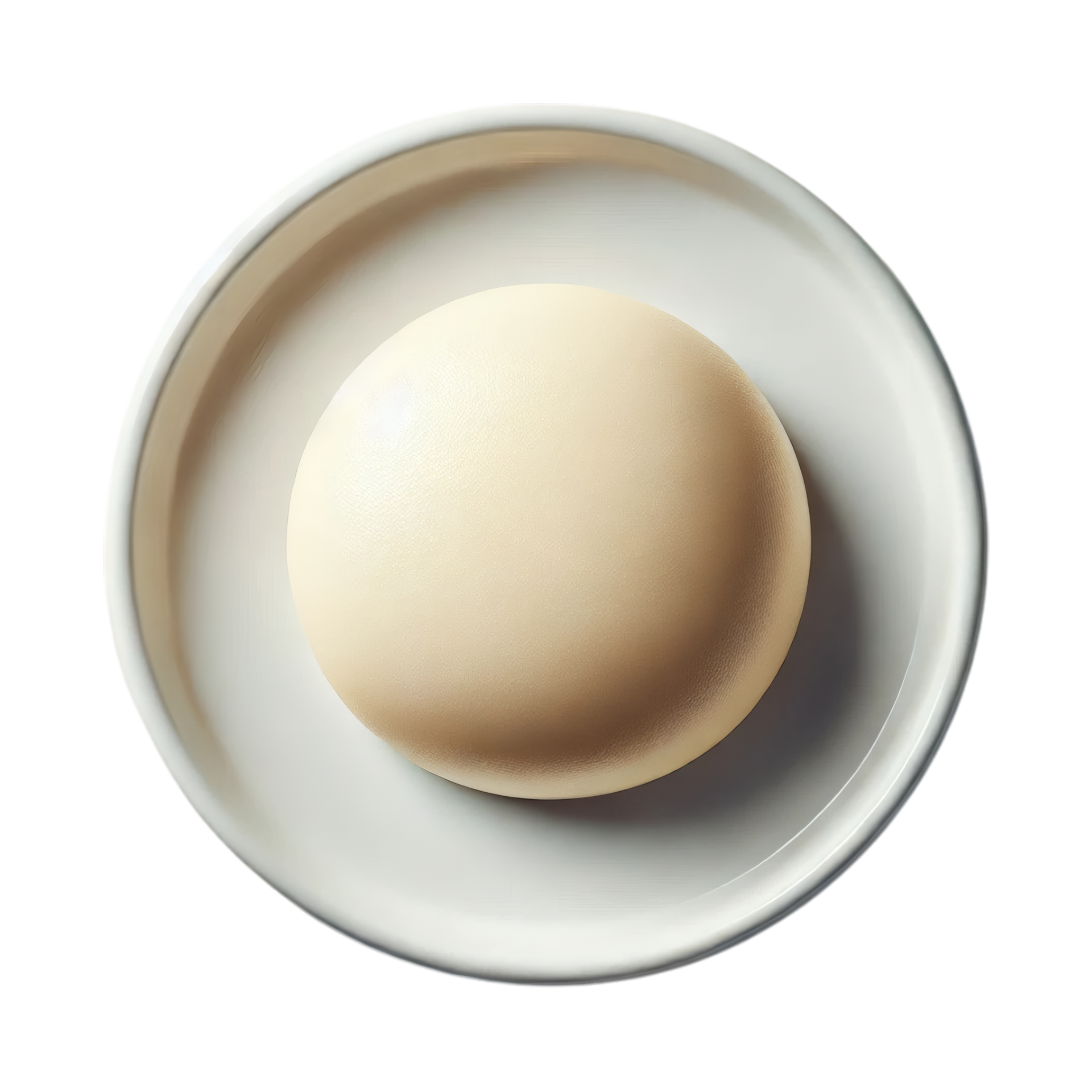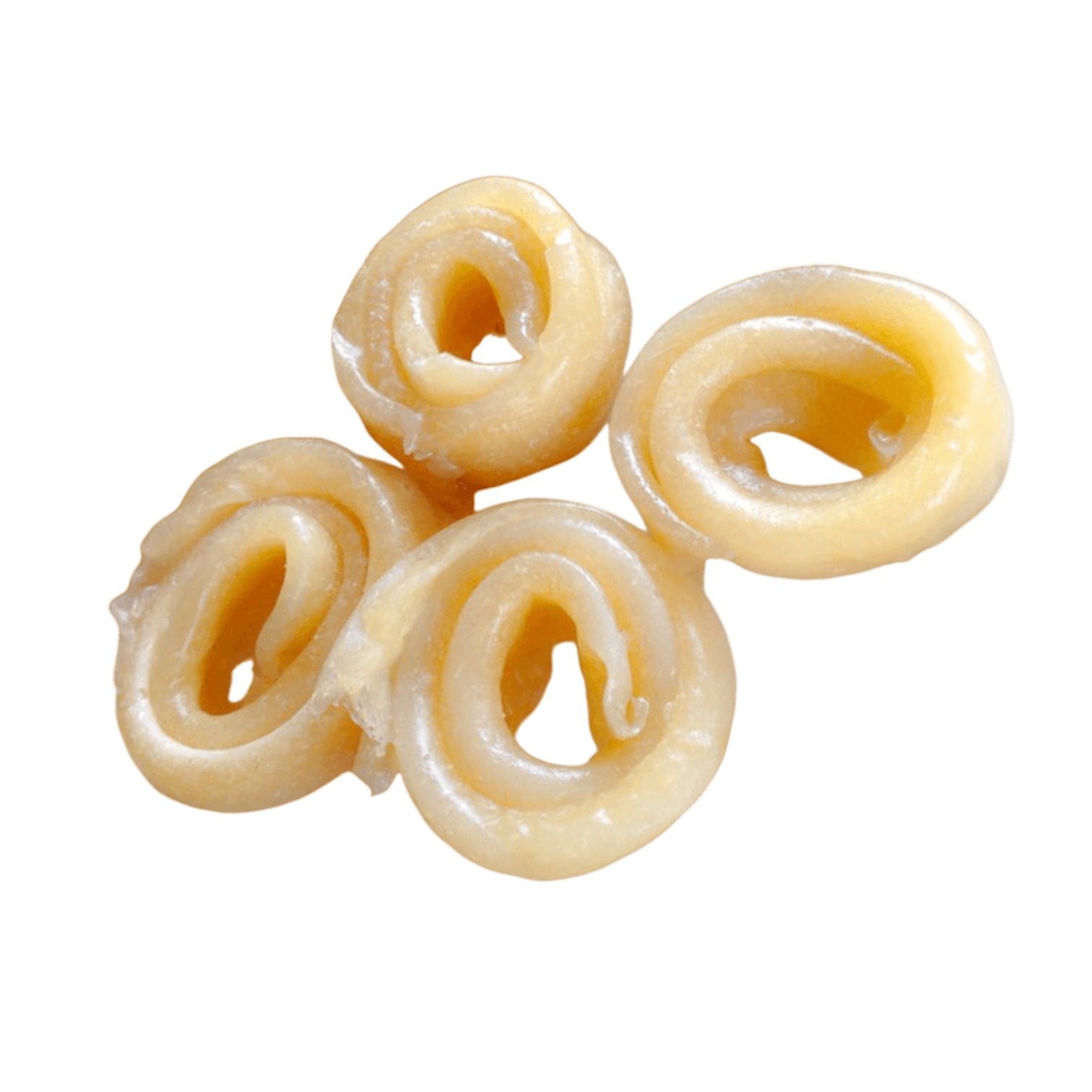
Introduction to Plantain Banana
Definition and origin of the plantain banana
There plantain is a variety of banana, often richer in starch than the sweet banana. It is mainly eaten cooked and is very popular in several tropical regions. Native to Africa, the plantain has found its way into many cuisines around the world, particularly in Central America and the Caribbean.
Difference between sweet banana and plantain banana
There plantain banana vs sweet banana highlights their differences: the sweet banana, often eaten raw, has a sweet taste and a tender texture. On the other hand, the plantain is firmer, less sweet when raw and is mainly cooked to reveal its flavors. It can be prepared fried, baked, mashed, or even in a pan-fried plantain recipe.
Cultural and culinary importance in tropical regions
In tropical regions, the plantain has great cultural and culinary importance. It plays a central role in several traditional dishes. In West Africa, Alokos (fried plantains) are a popular side dish. In the Caribbean, we find the plantain banana Caribbean recipe and the Cuban picadilloThese preparations reveal the culinary diversity around this fruit.
Nutritional Value of Plantain Banana
Vitamin and mineral composition
Plantain banana is an excellent source of vitamins and minerals:
-
Vitamin A : essential for eye health and immune function.
-
Vitamin C : an antioxidant that strengthens the immune system.
-
Vitamin B6 : important for protein metabolism.
On the mineral side, it is rich in potassium – ideal for the plantain and hypertension – as well as magnesium and iron, essential elements for overall health.
Rich in complex carbohydrates
Unlike simple carbohydrates, plantain is rich in complex carbohydrates which are digested slowly. This makes them an excellent source of energy for the body, ideal for active people.
Benefits of dietary fiber for digestion
There plantain benefits include its wealth in dietary fiber, promoting regular intestinal transit and better digestion. By providing a feeling of satiety, it can be useful as part of a balanced diet.
Health Benefits
Strengthening the immune system
There plantain contributes to strengthening the immune system thanks to its content of vitamin C and antioxidants. It helps protect against infections and maintain a good immune balance.
Positive impact on heart health
Its wealth in potassium Helps regulate heart rate and reduce the risk of hypertension, contributing to heart health. In addition, its dietary fiber helps lower cholesterol levels.
Blood pressure regulation
There plantain and diabetes are often discussed due to its low glycemic index when consumed in moderation. Its richness in potassium also plays a key role in regulating blood pressure.
Reducing the risk of being overweight
Thanks to its fiber and complex carbohydrate content, it promotes satiety and can be useful for those who wish lose weight without feeling deprived (plantain for weight loss). However, its excessive consumption, especially in fried form, can have the opposite effect (plantain makes you fat).
Culinary Uses of Plantain Banana
Preparation methods
Plantain bananas can be cooked in many ways:
-
Fried plantain : A classic recipe like Aloko or Alloco.
-
Plantain banana skillet recipe : A quick and tasty version.
-
Is raw plantain toxic? : Although it is not toxic raw, it is difficult to digest without cooking.
Popular recipes based on plantain
Among the most popular recipes, we find:
-
Alloco : Slices of fried plantain served with a hot sauce.
-
Plantain banana African recipe : A complete dish often accompanied by meat or fish.
-
Salted plantain recipe : Adapted to varied tastes.
- Sugared plantain recipe: Inspired by African traditions
- Auntie Maryse's Plantain Banana Recipe : A must-see to discover Creole flavors in all their authenticity.
-
Plantain banana coconut milk recipe : A sweet and creamy preparation very popular in the Caribbean.
- Boiled plantain calories : Ideal for a balanced meal, this version is well suited to low-fat diets.
- Plantain gratin, Caribbean recipe : A delicious preparation where plantain banana is combined with cheese and local spices for a melt-in-the-mouth and comforting dish.
Adaptability in different cuisines of the world
Whether in Africa, in the Caribbean or in Central America, plantain bananas are suitable for a multitude of recipes. Their versatility makes them an essential ingredient for both sweet and savory dishes.
Frequently Asked Questions
What is the difference between sweet banana and plantain?
Sweet banana is eaten raw while plantain banana is eaten cooked.
What are the benefits of plantain?
It is rich in complex carbohydrates, fiber, potassium and vitamins A and C.
Does plantain make you fat?
It all depends on the preparation: if fried too much, it can be high in calories; if boiled, it is lighter.
What recipes can be prepared with plantains?
Sweet and savory recipes such as Aloko/Alloco, the dishes at coconut milk and banana fritters.
What is the difference between sweet banana and plantain?
Sweet bananas are primarily eaten raw, making them ideal for snacks or desserts. In contrast, plantains, which are richer in starch, must be cooked before eating. They have a firmer texture and a less sweet taste, making them suitable for a variety of savory dishes. Therefore, although they both belong to the same family, their culinary uses differ considerably.
What are the benefits of plantain?
Plantains are an excellent source of essential nutrients. They are rich in complex carbohydrates, which provide sustained energy, as well as fiber, which promotes healthy digestion. Additionally, they contain high levels of potassium, a mineral important for healthy heart function and blood pressure regulation. The vitamins A and C in plantains help strengthen the immune system and maintain healthy skin. These benefits make them a popular food in many cuisines around the world.
What recipes can be prepared with plantains?
The culinary possibilities with the plantain are varied and tasty. Savory recipes include alokos, which are fried plantains served with a spicy tomato sauce. Another popular dish is matoke, a traditional African dish where plantains are steamed and served with meat or vegetables. For those with a sweet tooth, banana fritters, often made with sweet bananas or plantains, are a sweet treat. Additionally, plantains can be incorporated into coconut milk dishes, adding an exotic and creamy touch.
How to store plantains?
To keep plantains fresh and in good condition, it is recommended to store them at room temperature, away from direct sunlight. If you want to extend their shelf life, you can place them in the refrigerator, although this may cause the skin to darken. Once ripe, they should be used quickly, as they deteriorate more quickly. If you have overripe plantains, they can be cut into chunks and frozen for later use in smoothies or cooked dishes.
Can you eat the skin of a plantain banana?
Although plantain peel is edible, it is often considered too firm and bitter to be eaten as is. However, it can be cooked and added to certain recipes to enrich dishes with fiber. The peel can also be used to prepare infusions or broths, providing various nutrients. Therefore, it is possible to explore different ways to use plantain peel to avoid waste and make the most of this nutritious food.
Which countries frequently use plantain in their cuisine?
There plantain It is a staple food in many tropical and subtropical countries. In West Africa, for example, it is widely used in dishes like fufu or foutou, which are essential to local cuisine. In Latin America, particularly the Caribbean, plantain is featured in iconic dishes like tostones or patacones, which are fried plantains.Additionally, in Southeast Asia, dishes like pisang goreng, fried plantains, are enjoyed as a snack. This versatility makes plantain a valuable ingredient in various culinary traditions around the world.
Plantains are a versatile ingredient that can be used to prepare many delicious dishes. One of the most popular is "foutou banane," a traditional West African dish. To make this dish, you'll need a few basic ingredients: ripe plantains, water, and perhaps a little salt for seasoning. Start by peeling the plantains, then cut them into pieces about 5 centimeters long. Next, boil water in a large pot and add the plantain pieces. Let them cook for about 20 to 25 minutes, until tender.
Once cooked, remove the plantain pieces from the water and let them cool slightly. Then, using a potato masher or blender, mash the bananas until smooth and even. If using a blender, you can add a little cooking water to make blending easier. If you want to enhance the flavor, feel free to add a pinch of salt. Foutou is traditionally served with a sauce or stew, such as peanut sauce or tomato sauce, which helps balance the sweetness of the plantain.
Finally, for a twist on this dish, you can try fried plantains. To do this, slice the bananas into thick rounds and fry them in a pan with hot oil until golden brown and crispy. They can be served as a side dish or as a snack with a spicy sauce. Fried plantains are particularly popular for their crispy outside and soft inside texture, and they make a great alternative to classic fries. Whether served as foutou or fried rounds, plantains are a flavorful food that can be enjoyed in a variety of ways.
Conclusion: A Tropical Food Essential
Summary of nutritional benefits
There plantain offers many benefits: source of complex carbohydrates, rich in vitamins A and C, minerals such as potassium and magnesium, and dietary fiber.
Why include plantain in your diet?
It is easy to prepare, whether it is fried, boiled or in a more sophisticated recipe like Alokos or dishes based on coconut milkIts nutritional value makes it an ideal ingredient for a healthy diet.
Prospects for future culture and consumption
With a growing interest in healthy foods and exotic, there plantain is set to play a major role in the diet of an ever-increasing number of consumers in the future. Its cultural and nutritional potential therefore makes it a treasure to be discovered or rediscovered.
Your Culinary Journey 🧡


